- Author: Cathy
Wood is one of the most versatile and widely used materials in laser applications. Whether you’re crafting personalized gifts, intricate signage, or industrial prototypes, selecting the right wood for laser engraving is essential to achieving clean, high-quality results.
However, not all woods are created equal. The success of your laser-engraved projects depends greatly on the type of wood you use. Factors like grain, density, and resin content all impact the outcome. In this guide, we’ll walk you through the best woods for laser engraving, how they behave under a laser beam, and which machines are ideal for wood processing.
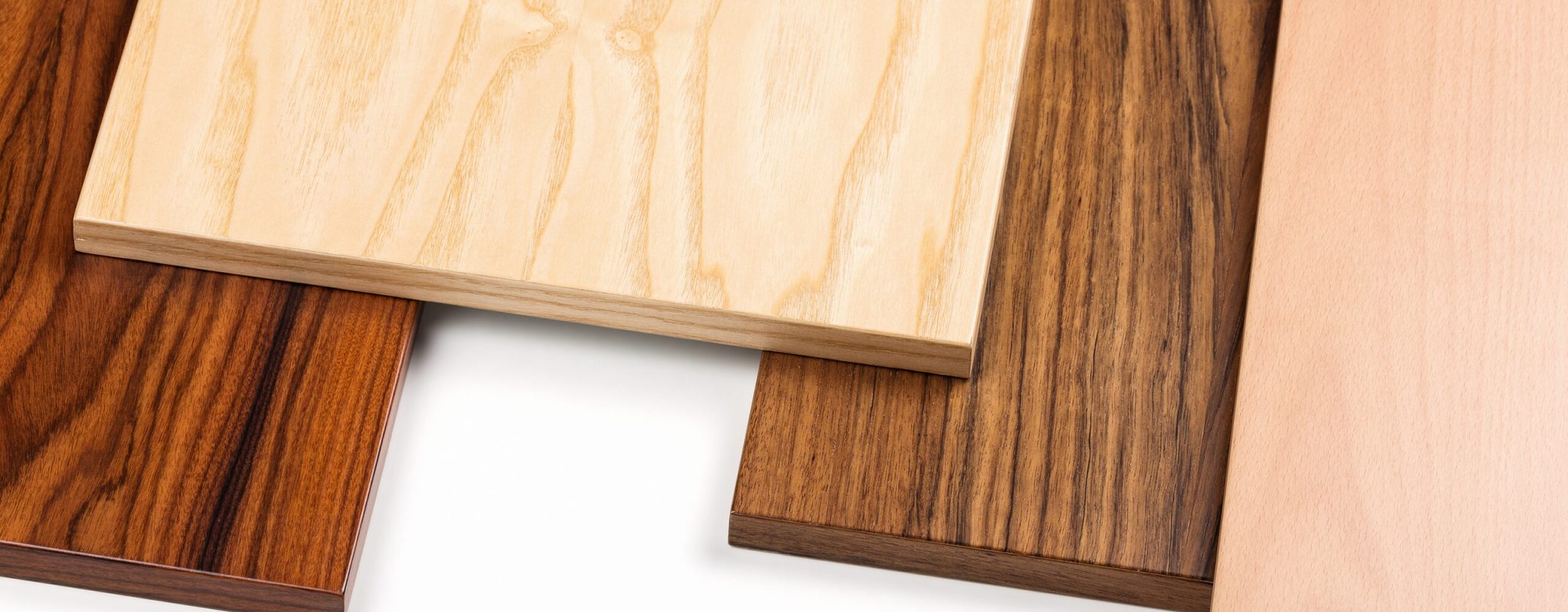
1. Understanding Wood Characteristics for Laser Engraving
Laser engraving on wood is a nuanced process. Different types of wood for laser engraving projects respond differently depending on their physical and chemical properties. To produce accurate, high-detail results, it’s important to understand key characteristics such as grain pattern, resin levels, density, hardness, and natural color.
1.1. Grain Structure
Wood grain defines the alignment and texture of wood fibers. Fine-grain woods like maple and alder provide a consistent surface, perfect for detailed wood for laser etching. These woods allow uniform laser penetration for sharp, defined engravings.
In contrast, open-grain woods like oak and ash may cause uneven burns due to varying fiber density, creating inconsistent patterns in your laser-engraved wood projects.
Pro Tip: Always engrave with the grain direction for more consistent results and smoother visuals.
1.2. Resin Content
Resin-heavy woods such as pine and cedar produce excessive smoke, charring, and residue, complicating cleanup and affecting the engraving outcome. On the other hand, low-resin woods like cherry, alder, and maple allow cleaner burns and reduce maintenance on your laser engraver.
Note: If you must work with resinous wood, consider masking the surface to reduce staining and improve cleanup.
1.3. Hardness and Density
The hardness and density of a wood type determine how it reacts to the heat of a laser beam. Harder woods, such as walnut or hard maple, offer excellent detail and edge definition but require higher power levels or slower engraving speeds. This can increase job time but yields crisp, professional results.
Softer woods like basswood or balsa cut and engrave quickly, making them ideal for prototypes and light-duty projects. However, they are more susceptible to overburning and may show dark, fuzzy edges if settings are not carefully controlled.
1.4. Natural Color Tone
Lighter woods such as birch and maple provide excellent contrast, making them ideal wood for laser etching. Darker woods like walnut produce more subtle results, which may be preferred for luxury or artistic pieces.
By carefully selecting wood based on these characteristics, you can achieve more consistent, detailed, and visually striking laser engraving results. Understanding the science behind each variable not only enhances your craftsmanship but also protects your laser equipment from unnecessary wear.
Here we have a handy table for the most popular kinds of woods for laser-engraved projects and what their features are:
| Wood | Color | Features |
|---|---|---|
| Oak | Light brown | Durable, prominent grain |
| Maple | Pale cream | Hard, fine grain, takes detail well |
| Cherry | Reddish-brown | Darkens beautifully with age |
| Walnut | Dark brown | Rich color, strong contrast when engraved |
| Birch | Pale yellow | Smooth surface, good for detailed work |
| Pine | Light yellow | Soft, easy to engrave, budget-friendly |
| Cedar | Reddish-brown | Aromatic, naturally resistant to decay |
| Beech | Pale cream | Hard, tight grain, good for precision cuts |
| Poplar | Pale green/brown | Affordable, easy to work with |
| Basswood | Very pale | Extremely soft, ideal for intricate designs |
| Bamboo | Light yellow | Sustainable, consistent density |
| Teak | Golden brown | Naturally oily, may create more smoke and residue |
| Ebony | Black | Very dense, high-contrast engravings |
| Balsa | Very pale | Light and easy to cut, but may result in a higher risk of burning |
| Rosewood | Dark brown/purple | Dense, takes fine detail |
| Ash | Light brown | Strong, flexible, distinct grain pattern |
2. What Kind of Woods Are Best for Laser Work?
When choosing the best wood for laser engraving and cutting, you’ll want to evaluate key factors like workability, burn contrast, engraving depth, and final aesthetic. Here are the most commonly recommended types of laser engraving wood used by professionals, hobbyists, and educators in their laser engraving projects.
2.1. Plywood
Plywood is a versatile option for laser processing, composed of multiple thin layers of wood veneer glued together. Its engineered structure provides stability and resistance to warping, making it ideal for larger projects. Plywood offers consistent laser cutting and engraving results due to its uniform density, though the edges may show a distinctive layered appearance. It’s cost-effective and works well for both laser cutting and engraving, making it popular for signage, decorative items, and prototype creation. However, users should be aware of potential formaldehyde emissions from the adhesives used in some plywood products.
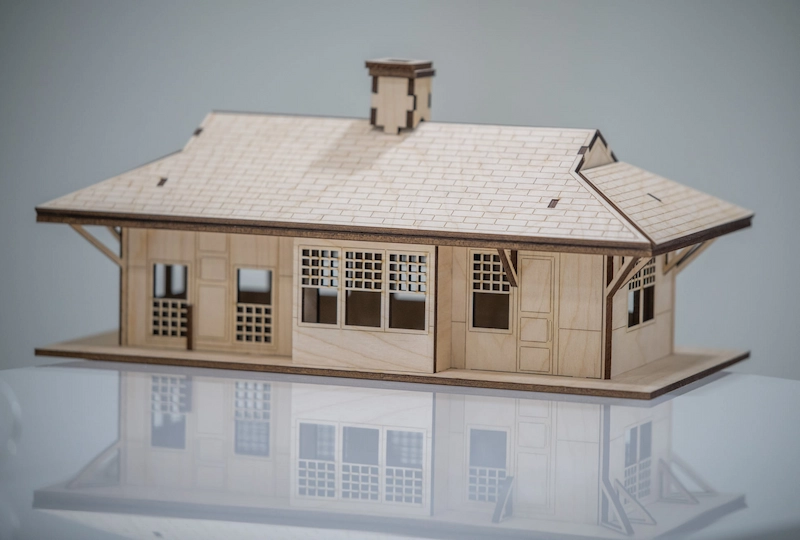
2.2. Solid Wood
Solid wood brings natural beauty and uniqueness to laser projects, with each piece offering distinct grain patterns and characteristics. It provides excellent laser engraving results, especially on harder woods like oak or maple, which offer crisp, high-contrast details, though thicker pieces may require multiple passes. The natural variations in density and grain can lead to slight inconsistencies in laser engraving depth, which many consider adds character to the final laser-engraved or laser-cut product. Solid wood is ideal for high-end, artisanal laser projects where the natural beauty of the material is a key feature.

2.3. MDF
Medium-Density Fiberboard (MDF) is an engineered wood product that offers exceptional consistency for laser processing. Its uniform density and smooth surface result in clean, precise cuts and engravings with minimal burning or charring. MDF is particularly well-suited for intricate designs and text, as it doesn’t have a grain pattern that might interfere with fine details. It’s cost-effective and available in various thicknesses, making it popular for mass-produced items, prototypes, and architectural models.
However, MDF can produce more dust during laser cutting compared to solid wood or plywood, and it doesn’t offer the natural wood grain aesthetics. It’s also important to note that MDF may contain formaldehyde, so proper ventilation is crucial when laser processing this material.
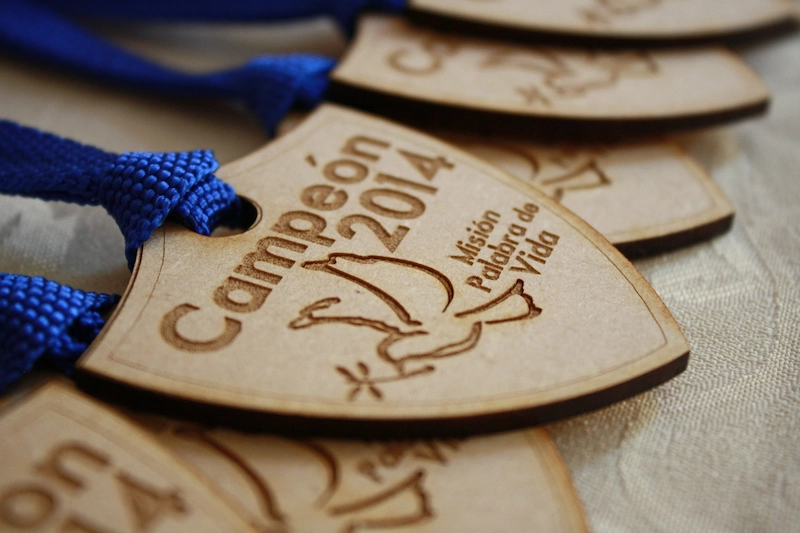
Except woods, you can also find different parameters for various types of materials in our knowledge base.
Is Pine Wood Good for Laser Engraving?
Pine wood is indeed a good choice for laser engraving, particularly for beginners or those working on a budget.
Its softness makes it easy to engrave with less laser power, while its light color provides excellent contrast for engraved designs. Pine is widely available and affordable, making it ideal for practice or large-scale projects. The distinct grain pattern can add visual interest to engravings, though it may occasionally affect consistency.
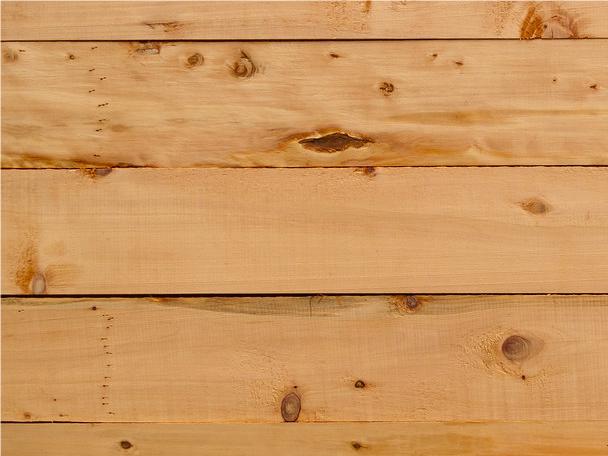
3. Woods to Avoid or Use with Caution
Some woods may not perform well in laser engraving and can even pose safety risks:
- • Pine: High resin content causes inconsistent burns and sticky residue.
- • Oak: Open grain causes uneven burns and blurry details.
- • Pressure-treated or painted wood: Releases harmful fumes when lasered.
When in doubt, conduct a small test pass to evaluate how the material reacts to laser exposure.
4. Tips for Preparing Wood for Laser Engraving
Even the best wood for laser engraving projects needs proper preparation:
- • Sanding: Use fine-grit sandpaper to smooth the surface before engraving.
- • Masking: Apply laser masking tape to prevent burn marks and reduce cleanup.
- • Air Assist: Keeps the lens clean and helps blow away debris during engraving.
- • Ventilation: Always ensure good airflow to remove smoke and fumes from the work area.
Proper prep leads to cleaner lines, less residue, and more professional-looking results.
5. Best Laser Machine to Cut and Engrave Wood
The success of your laser engraving largely depends on the machine you use. Here’s what to look for and why the Thunder Laser Nova Plus and Bolt models are ideal choices:
Thunder Laser Nova Series – Best All-Around Wood Laser Machine
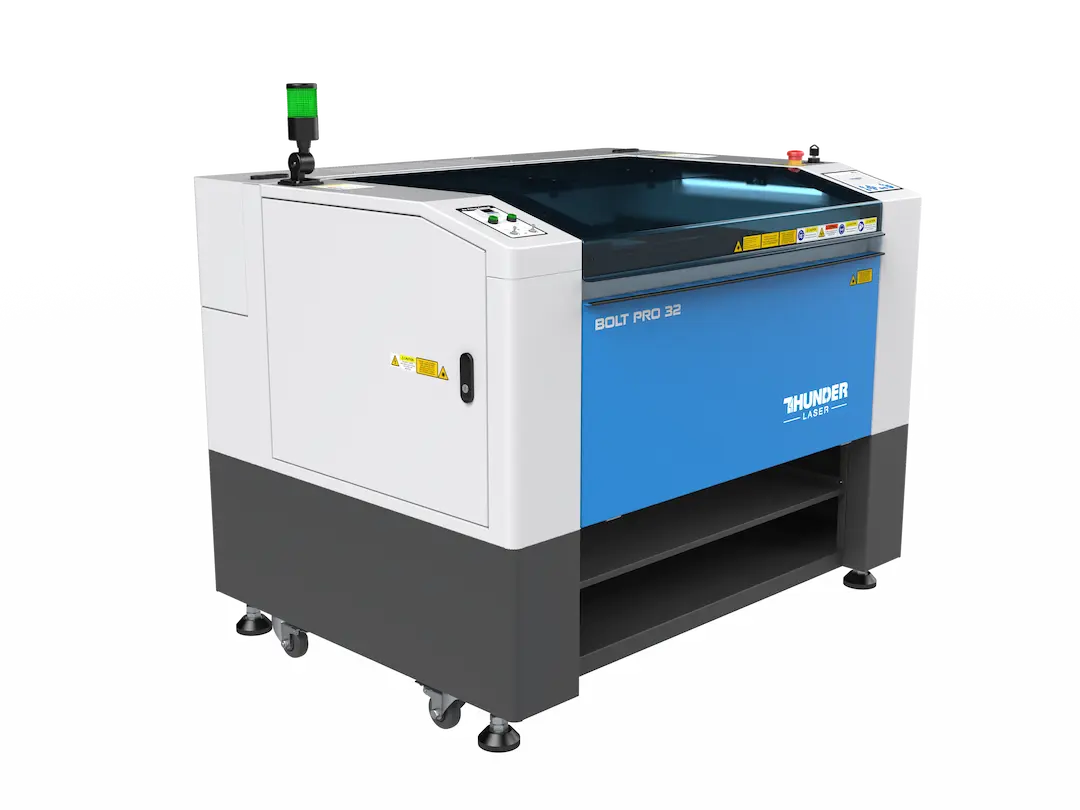
Compact Design, RF Technology, and Ultra-Detail Engraving
The Thunder Bolt Pro features a metal RF (radio frequency) laser source, known for its high-speed pulsing and superior beam quality. It excels in wood laser engraving, especially for fine detail or photo-quality laser engraving.
Thunder Laser Bolt – Best Desktop Laser for Wood Engraving
Power, Precision, and Flexibility
The Nova Plus Series is equipped with high-powered RF CO₂ laser tubes (30W–80W), ideal for laser cutting and engraving both soft and hard woods. With high engraving speeds and large bed sizes, Nova is a solid choice for sign makers, furniture designers, and batch production.
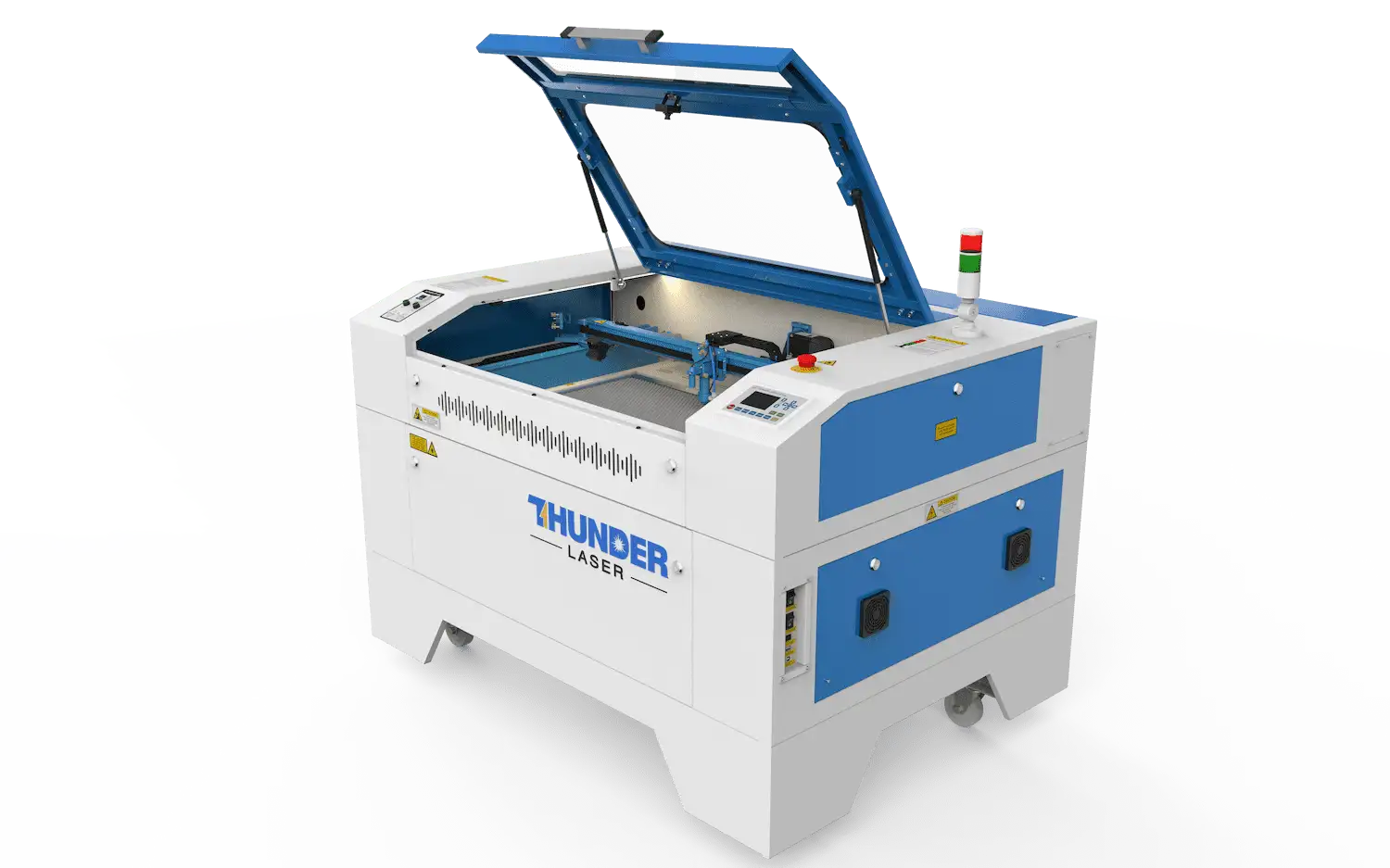
Conclusion
Choosing the best wood for laser engraving directly impacts project success. Lightweight woods like basswood and alder are great for fast and clean engraving, while hardwoods like maple and walnut bring high-end detail and durability.
Pair your material with the right preparation and a trusted laser system like the Thunder Laser Nova Plus or Bolt series to unlock professional-grade potential. With proper technique and the right wood for laser-engraved projects, your creativity can truly shine.
FAQs about Wood for Laser Engraving
Q1. How do I choose the right wood for laser engraving?
To choose the right wood, consider your project’s details and the wood’s grain. Hardwoods like oak and maple are ideal for intricate designs, while softwoods like pine are easier to engrave but may not offer as much detail. Ensure the wood fits your laser machine’s requirements.
Q2. What woods are best for intricate laser engraving designs?
Basswood, maple, and cherry are great for intricate designs. They have fine grains and offer sharp, detailed engravings. Walnut also works well for high-contrast, detailed pieces.
Q3. Does the resin content in wood affect laser engraving?
Yes, higher resin content can create more smoke and residue, affecting the engraving quality. Lower-resin woods like maple or basswood produce cleaner, more precise results.
Q4. Can I use wood with knots for laser engraving?
Wood with knots can be engraved, but it may cause inconsistent engraving depth. Avoid placing detailed designs over knots to maintain engraving quality.
Q5. How does wood moisture content affect laser engraving?
Wood with high moisture content can affect the precision of laser engraving. It may cause the laser to burn unevenly or create excess smoke. It’s best to use dry wood for optimal results.
- Tags
#wood for laser engraving, #wood for laser cutting, #laser woods, #laser engraving wood near me, #laser engraver for wood


.png) International
International
 United States
United States
 Brasil
Brasil
 Canada
Canada
 Costa Rica
Costa Rica
 Česká
Česká
 Ελλάδα
Ελλάδα
 Polska
Polska
 Ireland
Ireland
 Portugal
Portugal
 Lietuva
Lietuva
 Россия
Россия Deutschland
Deutschland
 Britain
Britain
 Україна
Україна
 France
France
 Sverige
Sverige
 Italia
Italia
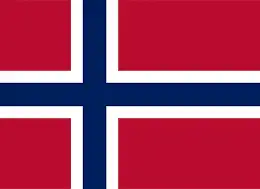 Norway
Norway
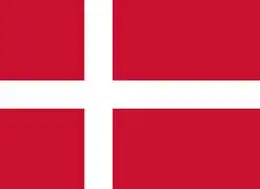 Denmark
Denmark
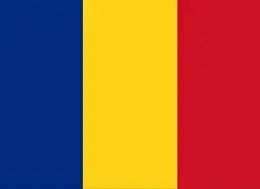 Romania
Romania
 한국
한국
 中国
中国
 ประเทศไทย
ประเทศไทย
 中国香港
中国香港
 Israel
Israel
 中國臺灣
中國臺灣
 India
India
 پاکستان
پاکستان
 پශ්රී ලංකා
پශ්රී ලංකා
 ジャパン
ジャパン
 Australia
Australia
 New Zealand
New Zealand
 South Africa
South Africa